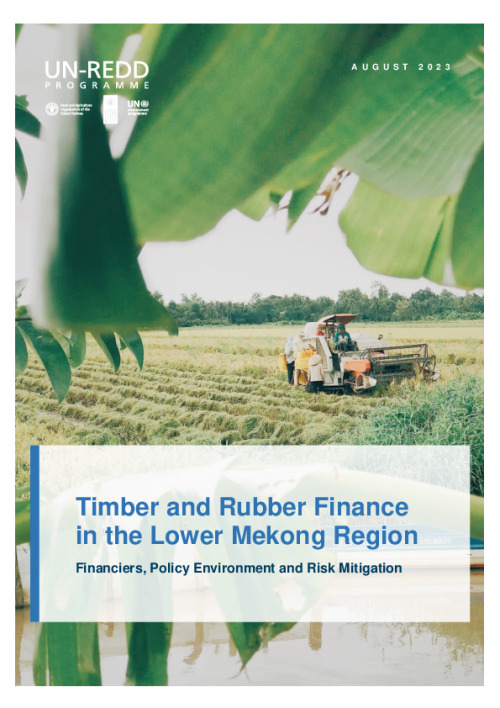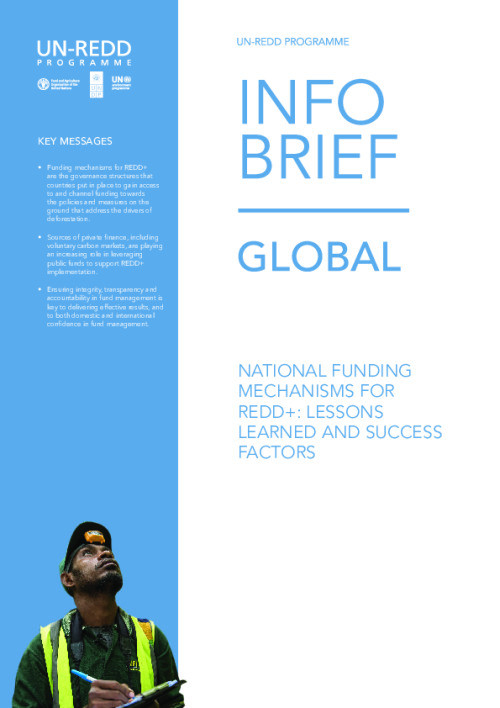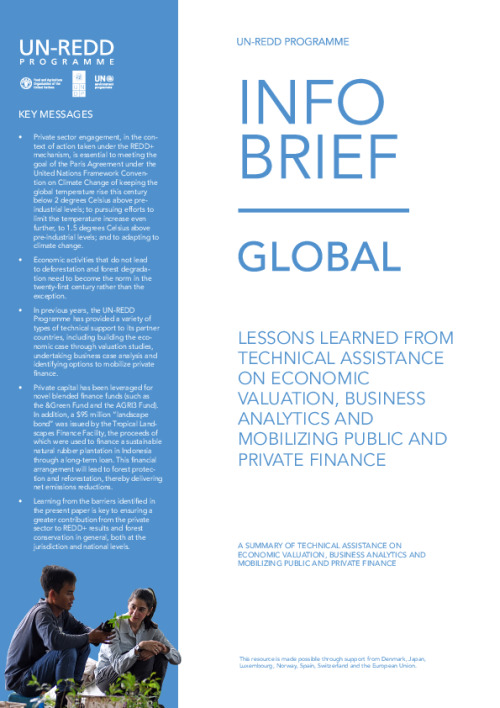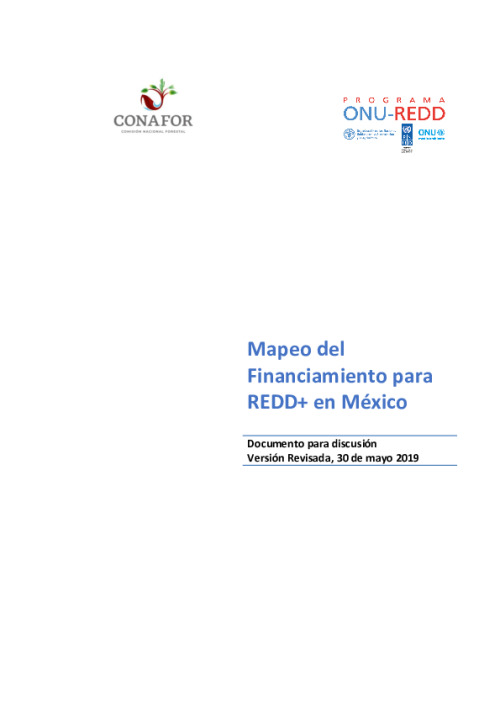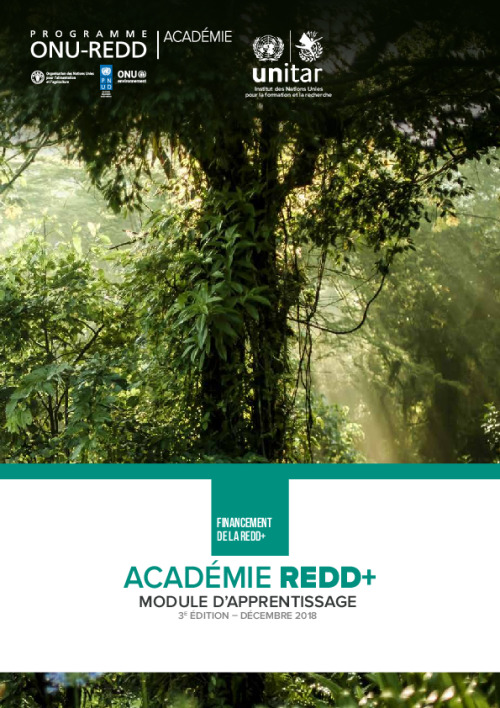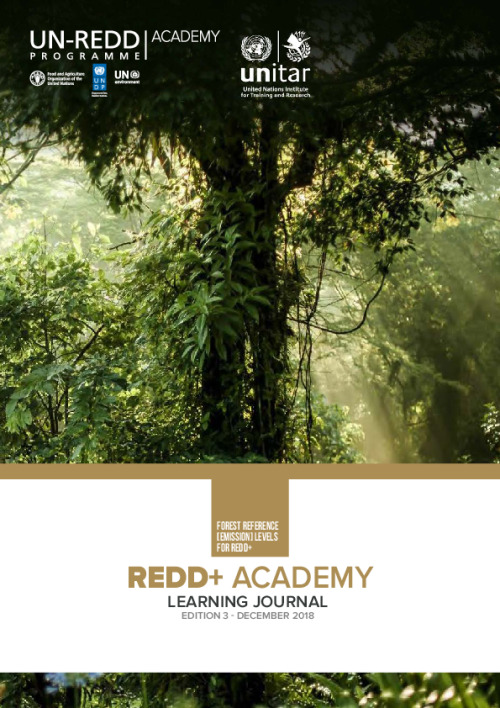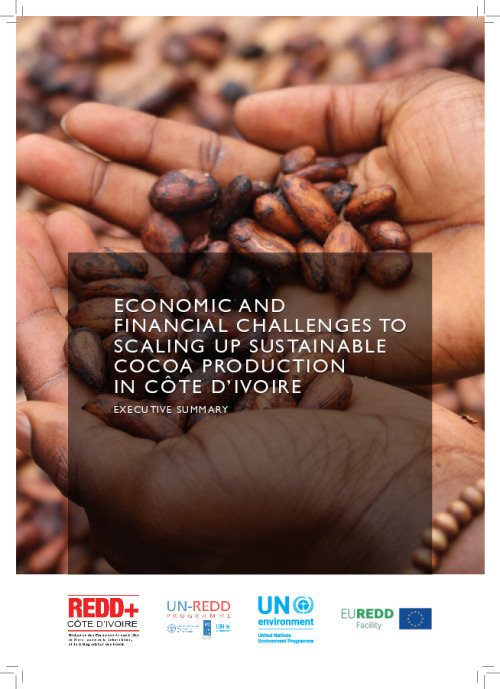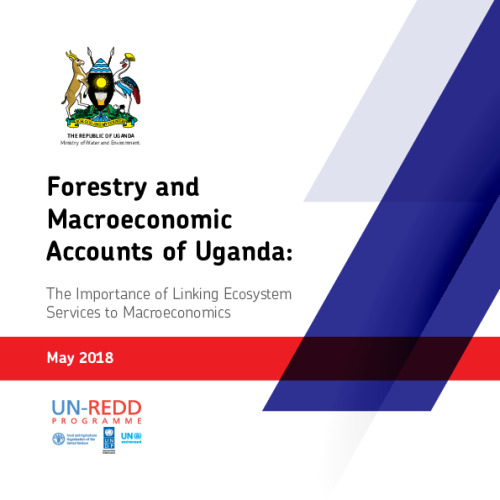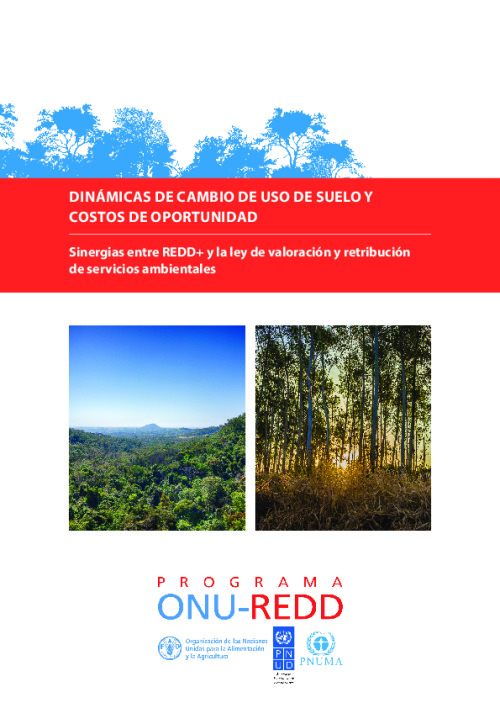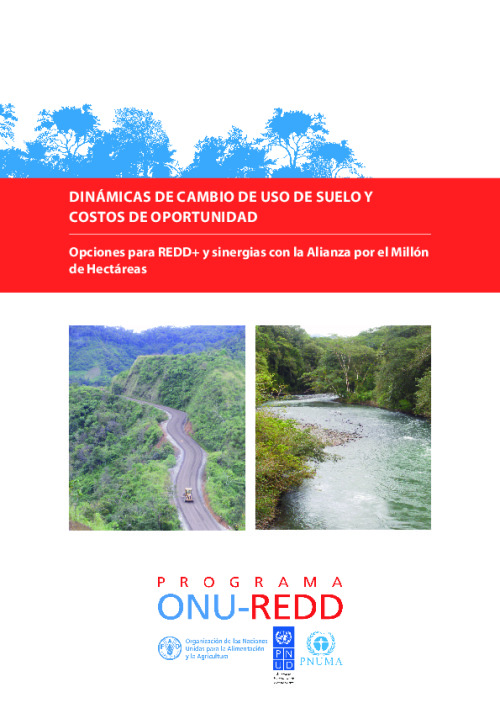Through UN-REDD's global reach, crowding in diverse funding sources and revenue streams for all three phases of REDD+, country by country, tailored to national circumstances and engaging the full range of in-country stakeholders; in concert with,
Work areas
REDD+ finance
Current levels of finance are incompatible with ending deforestation by 2030: UN-REDD is working to unleash new public and private sources for large-scale protection and restoration of forests
Understanding REDD+ finance
All IPCC pathways to keep global warming below 1.5°C are fully dependent on deforestation falling to net zero by 2030. The scale of financing required to achieve the full climate mitigation potential of forests will be substantial, perhaps as high as 5.5% of national GDP for tropical forest countries.
Development finance in the form of grants and concessional loans will still play a role in supporting implementation of REDD+ and will contribute to upfront finance. It is unlikely, however, that this approach will provide the multiple tens of billions of dollars required to achieve forest-based mitigation results at the scale necessary by the end of the decade. Achieving the level of REDD+ finance compatible with the 2030 mitigation goals will need large-scale investments from the private sector and donor support to massively scale up results-based payments.
How does UN-REDD work to mobilize finance for all three phases of REDD+?
The UN-REDD Programme has mobilized $1 billion US in REDD+ financing since inception, including $350 million US in results-based payments. While REDD+ readiness will continue to be necessary in a number of places, the bulk of finance needed for the coming decade will be in support of the implementation of actions that result in reduced emissions and increased carbon capture from forests.
The scaling up of REDD+, which is necessary to meet the Paris Agreement goals, will require financing for a spectrum of actions including readiness, implementation and ultimately, for ensuring integrity in emission reductions. The growing and diverse supply of forest-based mitigation results needs to be met by a complementary spectrum of public and private results-based finance.
To this end, UN-REDD is taking a two-pronged approach:
At the regional and global levels, thought leadership and convening efforts, to facilitate a process of advocacy, dialogue and consensus building that, if successful, would close more than half of the annual gap towards the Paris Agreement goals and contribute to realising the Glasgow Leaders’ Declaration On Forests And Land Use.

